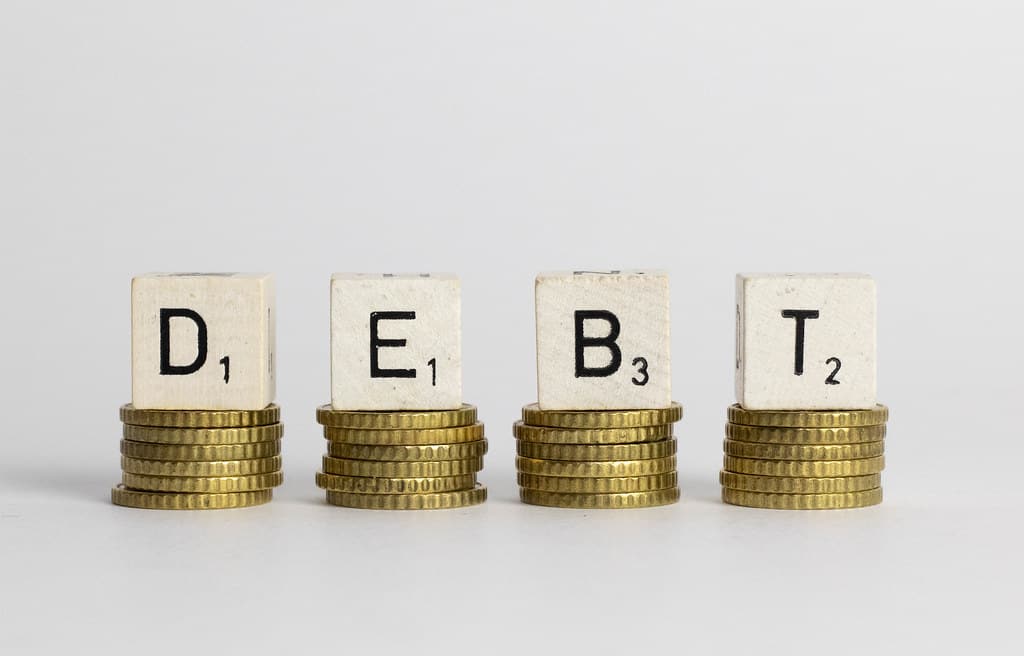Domestic analysts are calling for a rise in China’s deficit-to-GDP ratio above the 3% threshold as part of official efforts to keep the Chinese economy afloat in the wake of the COVID-19 pandemic.
On 27 March a meeting of the Chinese Politburo made reference to the need for “appropriate increases in the fiscal deficit,” while the current finance minister has also similarly flagged a rise in debt levels.
Domestic experts now anticipate a rise in the deficit-to-GDP ratio in China beyond the 3% threshold for the first time in modern history.
“3% is no longer the internationally recognised safety line,” said Wang Jun (王军), chief economist at ZY Bank, to Time Weekly. “European Union countries long ago abandoned that defence line during their sovereign debt crisis.”
According to Wang raising the deficit-GDP ratio is a last resort measure under current conditions, which will lead to a rise in fiscal risk as well as financial risk.
“It is the hard choice to make between current and future risk,” he said.
Wang and other academics in China have proposed raising the deficit ratio to around 3.5%.
Lou Jiwei (楼继伟), China’s former finance minister, is calling for an even more aggressive increase, calling for an expansion in the deficit of at least 3 trillion yuan in 2020, to compensate for 1.5 trillion yuan in fiscal revenue reductions, as well as reductions in value-added taxes and spending on COVID-19 containment efforts.
“The deficit-GDP ratio will rise from 2.8% in 2019 to around 5.8%,” said Lou.
Liu Zhe (刘哲), vice-head of the Wanbo Academy of New Economics (万博新经济研究院), advocates an increase in the deficit-GDP ratio to around 5%, to unleash approximately 2 trillion yuan more in spending.
Liu points out that the Chinese economy’s first quarter contraction of 6.8% will lead to a direct shock of around 3 trillion yuan, while he also expects the second quarter to bring 1 – 2 trillion yuan in economic losses.
“Last year the deficit-GDP ratio for China was 2.8%, and this year even a further increase of three percentage points will bring it to just 5.8%,” said Liu.
“Compared to the deficit-GDP ratio of the United States, and a rise form 3% to 14%, this isn’t especially heavy pressure for China.”
Cao Heping, an economics professor at Peking University, said to Global Times that the impacts of COVID-19 will be greater than the Great Financial Crisis of 2008, and that the deficit-GDP ratio should be lifted to 4.5%.
“Like driving a car, you need a stronger electric current to start the engine, and the increased deficit ratio is that stronger current,” said Cao.
“The COVID-19 outbreak in China hardly hit the country’s economy, which had already seen a slowdown, but the worldwide spread [of the virus] has dealt a heavy blow to China’s economic growth.
“The total impact on China’s economy has surpassed that of the 2008 financial crisis, so it is time for the government to release stronger fiscal measures to boost the economy – even stronger than the 4 trillion yuan stimulus plan in 2008.”
China’s economic policy circles have also recently engaged in heated public debate over whether the country’s fiscal deficit should be “monetised” via printing of money by the central bank.
Related stories
Heated Debate over Deficit Monetisation Continues in Chinese Policy Circles
China Debates Monetisation of Deficit to Deal with COVID-19’s Economic Impacts




